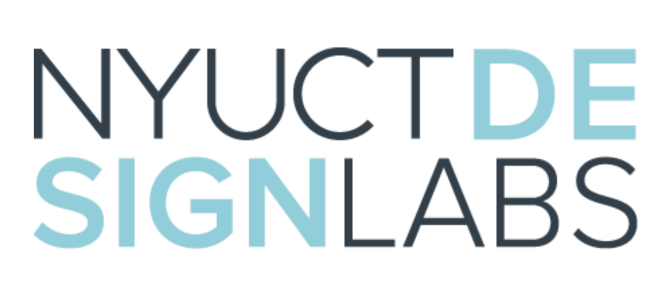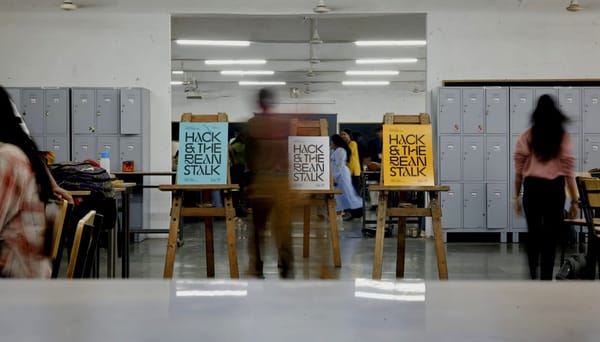Have a design challenge? Need some green shoots? Hack it with an "out of the box" approach.
Hack & the Beanstalk is a venture design hackathon program with partner campuses, on campus. To help farm original ideas and creatively design original solutions to wicked problems and business challenges. The program is managed end to end by professional venture designers and a makers' community.

When the tried, tested and tired fail, it's time to hack! Hack smart and with the not so usual.
As the world of business gets more and more unusual, how do you get winning product ideas and innovations? How can one foster a culture of rapid innovation even in traditional organizations? How do we help associates and our teams hack problems better?
In the practical world this would be a three pronged solution - Sharp insights, a diversity of minds and an out of the box approach. Solutions that take a design thinking approach and stay close to the user's POV stay more successful. And these insights and creative hacks can come from the most unexpected places at times.
Let's first look at the world of business and some of the most unique creative innovations across eras and what made them so.
#1 It was in 1982 that Scott Cook thought up the disruptive idea of Intuit, a firm that creatively reimagined solutions for personal finance. His insight was based on his wife's complaints of doing the bills and keeping the cheque book, her experience of tedium. How could one create personal finance software that can automate tasks and make life simpler? This was his driving insight.

Today, QuickBooks, Mint and TurboTax, have simplified accounting tasks and life. Intuit has a turnover of $9.6 billion, is ranked one of the most innovative companies in the world and has millions of small businesses who use their products. Many of their products are born in their own labs. Sweet, isn't it?
Fasal, is a text messaging service developed by the India team of Intuit that helps farmers improve their financial lives by getting better prices for their produce.
#2 Henry Ford didn’t drown himself in big data. He put to action his amazing insights and joined a few relevant and cohort information. He didn’t plunge himself into spreadsheets nor did he do a survey. “If I had asked people what they wanted, they would have said faster horses.”
He instead joined the following dots i.e. insights.
The frustrations of passengers in the horse & wagon model, the coming of age of the assembly line, the availability of cheaper fuel, the extremely expensive, long to make, out of reach rich-folk cars, the quick drying and cheaper black-colored enamel paint called Japan Black (hence the line "you could have it in any color as long as it was black" :)).
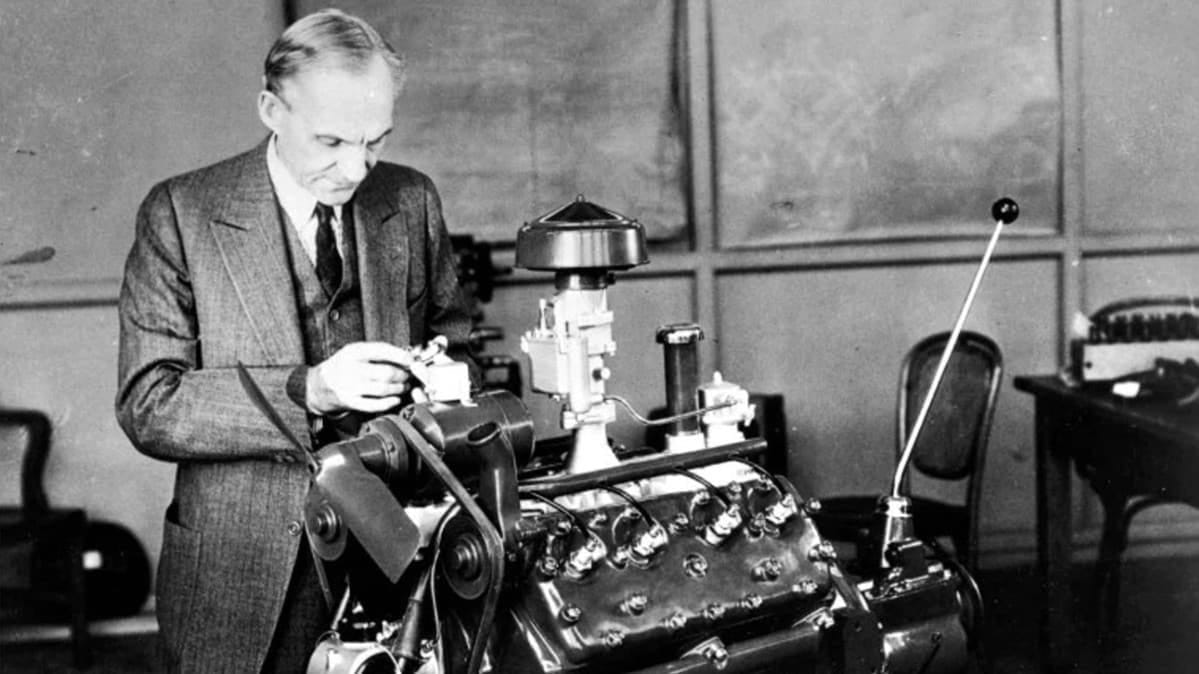


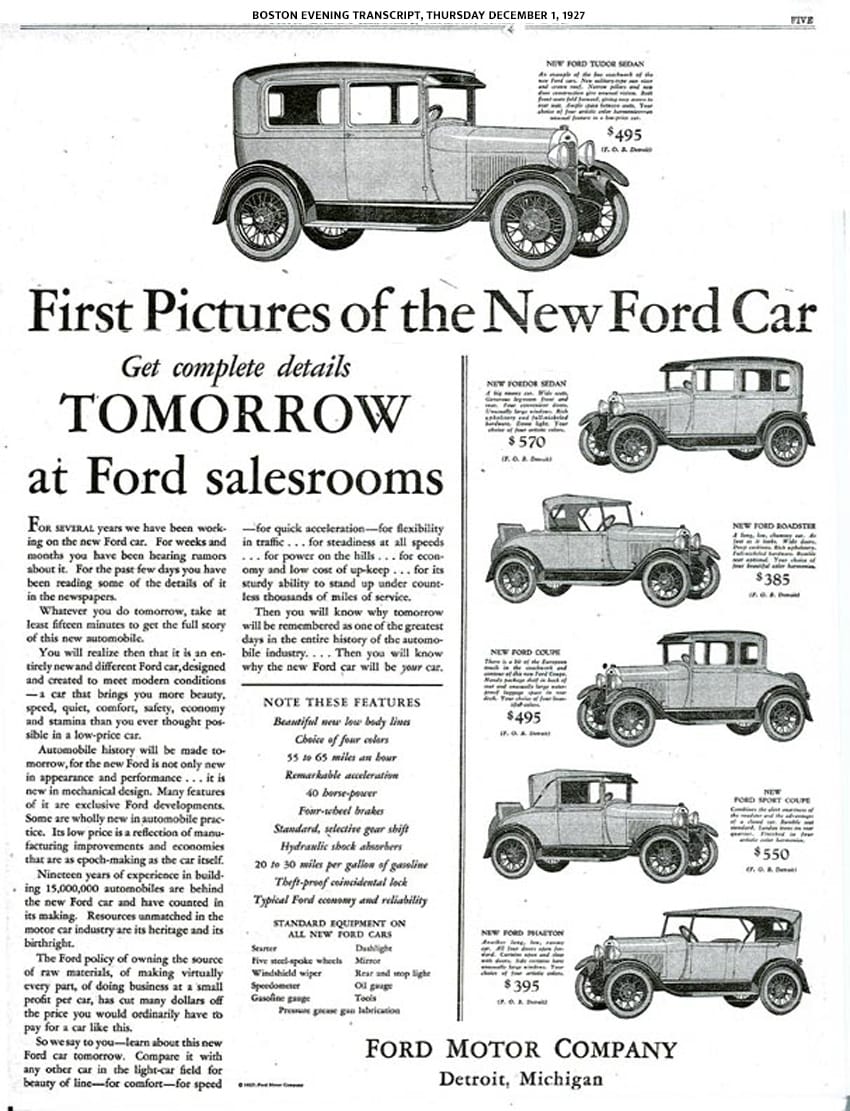
Henry Ford built the world's first mass produced auto business by joining the dots and insights from customers. Akin to a design thinking approach and applied it to product development.
These insights and dots helped him craft his idea - to crank out the modern-day automobile at scale.
On June 16, 1903, Henry and 12 others invested $28,000 and created Ford Motor Company. The first car built by the Company was sold July 15, 1903. The iconic model T came in 1908. The Model T’s one-piece engine block and removable cylinder head were unusual in 1908 but would eventually become standard on all cars. Henry Ford did not invent the automobile or the assembly line. Instead, he was the most successful at marrying these two technologies together in ways that changed the world.
"There are very few Steve Jobses out there. We run small teams and lots of rapid experiments. No politics. No PowerPoints." - Brad Smith, Former CEO at Intuit

We live in a creatively disruptive world. The world moves to a better inflection point and a new level of progress with every big new idea. with every new creator in the universe. Better products, services, experiences and solutions are centered around these ideas and insights. These amazing ideas and creative breakthroughs come from people and their diversity of thinking – makers, creators, entrepreneurs, intrapreneurs, students, artists, visionaries, designers, engineers – who think and conceptualize the new original. They also glean their big idea not from TBs of data but more often from sharp human and social insights. Creative insights and a disruptive way of looking at the existing order or system helps find new business models and innovations.
Flight with ideas, imagination and creativity help.
So the moot question is, as the world of business gets more and more unusual, how do you get winning product ideas and innovations? How do we foster a culture of rapid innovation? How do we hack problems better?
The best, most creatively disruptive ideas come from human beings and their productive experiments and outlier vision. (Even AI is a product of human minds and code. So if you are a human being reading this, fret not 😊 as you have much to celebrate about humanity and its ingenuity).
Read on to discover the 3 hacks to solving business challenges better. But before that let's look at a few first principles.
Remember the first principle: Insight > Data
Deep data. Wide data. Big data. Tall data. Data lakes, oceans and what not. Too much data and too little insights can be a problem. While disruptive technologies like AI have taken the responsibility of predictive analysis which studies gazillions of repeat data to automate at scale and regenerate possibilities, predicted outcomes – the power of human insight and value of looking at insight through the human creative lens remains paramount.
In an increasingly entrepreneurial world, there is a need for abductive logic and insightful design, rather than deductive logic.
Analysts, number-crunchers most of the time are studying historical data, past data, or known data and mapping it to known management frameworks to understand a business and its challenges of growth and scale. This deductive logic can be counter-productive and less relevant today in a world where many businesses, ventures and problems are completely new and hence to adapt to existing deductive models.
Deductive logic works on information that has been compiled around typical industries, typical products, typical problems, typical lifecycles and typical ventures. But the entrepreneurial world is anything but typical.
The business and venture challenges are increasingly out of syllabus and the products are increasingly new and disruptive. There was no direct precursor for Uber or even Amazon. Hence abductive logic and relentless experimentation with great ideas, is the best way to farm fresh innovations, game-changing solutions and design new ventures & products.
While other big players were rushing to service enterprise customers, Intuit decided to solve problems for small businesses and consumers. Piles and piles of data and analysis probably would have pronounced this to be counter-productive.
Being insightful is more productive than being data-blind. When we drown in dead data, we miss the wood for the trees.
Big data gathering in large corporations (and now even funded startups who want to be data-fashionable and data plenty), continue to gather masses and masses of “dead data” or rather past data (and often get drowned in this data) without coming up with the needed brilliant insight or creative disruption that can jump start new ventures within the company.
While bigger and traditional companies can live with data fatigue, the startup ventures have to "pivot" to survive and meet their numbers, while burning through piles and piles of valuable cash. Many pivots result in dark alleys or cul-de-sacs and then balance sheet engineering to make it all "look good". It is more likely that customer-centered ideation, consumer insights, market changing ideas and innovation can help them get out of the rut.
Collecting and gorging on masses of data is not the same as true disruptive creation (which adds exponential value and original value). Analysts and spreadsheets are doing an important job no doubt, but definitely not creating that big idea that can be the next inflection point for growth or the that game changing product or service that customers love.
Here are 3 hacks to solving sticky business problems. No...they are not data lakes or excel sheets or power-points.
The answer probably lies in taking more nuanced, productive steps that are bolder and more creative. The history of innovation be it breakthrough or incremental innovation and the documented history of game-changing ideas points towards this. The most fascinating innovations were birthed around insights and unusually creative ideas. So here are a few hacks recommended from our side.
Hack #1
Outside in Ideas + Design + Experiments move, shape and form the world. They creatively disrupt.
Here are 3 illustrative examples, each with their own style and narrative.

Southwest Airlines recorded profits for 47 straight years since their founding in 1967 and this track record was only disrupted during covid.
Most of the large traditional airlines and their tons and gazillions of data on passengers and the business of flying didn’t come up with the new point to point, low cost, lean model that Southwest Airlines came up with. Point to point flying rather than through expensive hubs, no-frills air service, smaller aircraft and with frequent flights of mostly short routes connecting smaller cities and towns - helped create a new market and looked at roads and railways as competitors. Rest is aviation history. Southwest Airlines was founded in 1967 by two disruptors - Robert Kelleher and Rollin King.

The hospitality industry has lots of years behind it. In the early 700s, the first two hotels in history were registered in Japan which were called Ryokans. These Ryokans were resting spots along the silk road.
However, all the available hotel data in the world, all the billion dollar corporations couldn't think of the Airbnb model. It was a pair of designers who had a creative brainwave that did it. And they disrupted a 1308 years old industry. They simply connected homes through a network to disrupt hospitality as we knew it. Notably, Airbnb is one of the few major travel companies without a loyalty program. They looked at this industry with atypical eyes and disrupted it.
They had their first customers in the summer of 2008, during the Industrial Design Conference, where travelers had a hard time finding lodging in the city. Airbnb's valuation which has hit highs of $131 billion beats that of Marriott Starwood combined ($59 billion). Marriott was founded in 1927.
All the wealthy circus owners, and their prior knowledge and their masses of data didn’t come up with Cirque Du Soleil.

"As Cirque got rich, Ste-Croix went on to say, “we invented, as we went along, better tools”—that is, better technology to create more outlandish theatrical effects. In O’s huge aquatic tank, submerged machinery, invisible to the audience, performs a feat akin to what Moses did at the Red Sea—so that clowns can do what Jesus did at the Sea of Galilee." - an excerpt from Vanity Fair
The existing leaders of the circus industry didn’t come up with innovation. A streetside performer did. When he imagined marrying art, theatre & performance to the model of the circus. When he imagined human performers as artistes first, when he considered replacing animals in the act because the world was becoming more conscious about animal cruelty. The result was a spectacular, theatrical interplay of human excellence, drama, technology and stories. The circus or the cirque was the soul around which were many yummy candy wrappers that would enthrall audiences.
It was not data on its own, but rather the human creative insights that helped ideate and build these remarkable companies and ventures which customers love. None of the above innovations or game-changing ideas needed GBs and TBs of data, analysts and spreadsheets to start.
Hack #2
You do not need 100 GB or TB of data to come up with an amazing insight. Join dots and spot blips instead. They are all around you.
Who or what then moves the world? It is the ones who have always done. It is insight & ideas. It is the creators and makers. They add new original value to an old world. With the power and persuasion of their amazing ideas, and what their vision and mind periscopes based on a genuine creative insight - they propel the world towards a beautiful new future.
What's your idea? What's your vision? What's your leap-of-faith assumption? What's your hypothesis? These are questions that must seize founders, makers and companies wanting to design the new and innovate.
John F Kennedy literally conceived the moonshot when he dared himself and his country to put man on moon. He put it vividly – “Put a man on the moon and return him safely by the end of the decade.” The only data point that drove him possibly being that the Russians had put Yuri Gargarin already in space. The United States had been left behind.
The moon shot is a seemingly audacious goal and used in the world of business today for beautiful new ventures and futures.
Now this is what a moonshot really means. JFK style. Hence a new giant step was needed to make a country believe in its greatness and appetite for scientific innovation to leap into the future. They got Neil Armstrong and team to take a moonshot. The rest is history in more ways than one.
Mahendra Singh Dhoni better known as MSD probably one of the finest captains in Indian Cricket and probably one of the most destructive batsmen was spotted in Bihar by former Bengal batter, Prakash Poddar a talent spotter and then rush-recommended to the BCCI bigwigs.
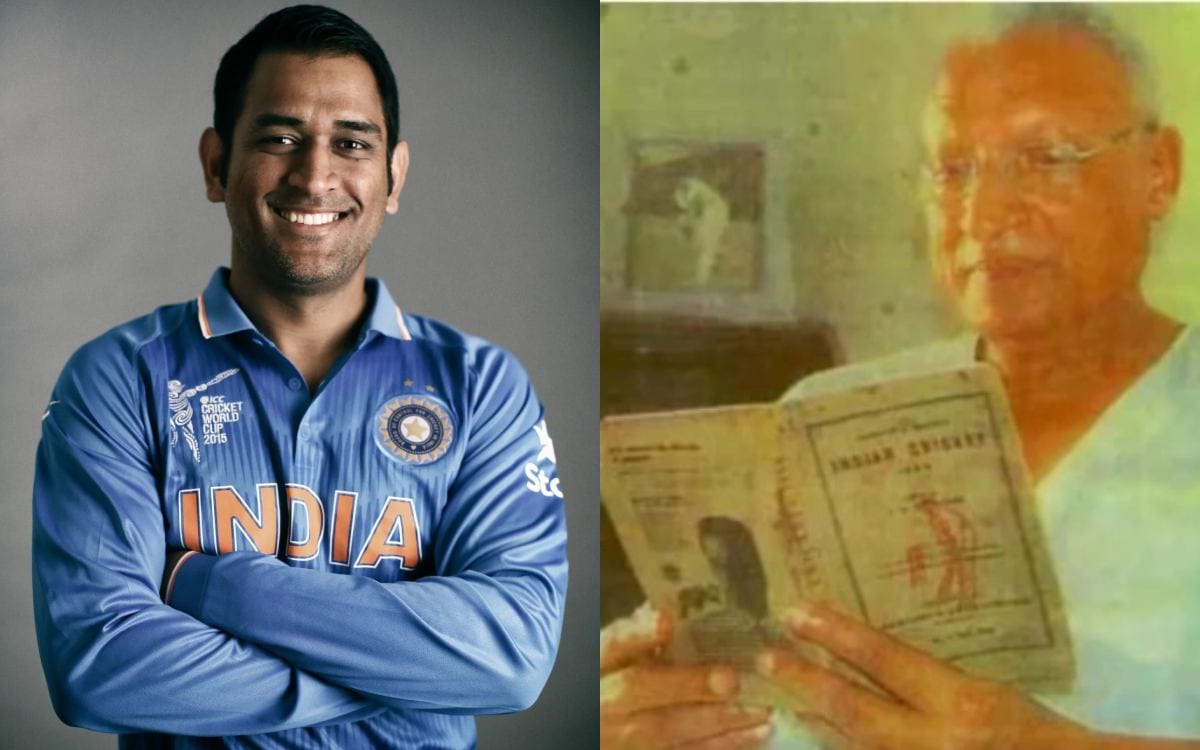
"A talent with such tremendous hand-eye coordination would be lost playing for the east zone and hence had to be ushered into the national team at the earliest."
Lulu Da or as Prakash Poddar was fondly called didn’t wait for score cards, data lakes and yearly statistics to spot and jump-recommend MSD to be immediately moved in to the national team. The rest is history. Timing matters, the right bets matter and so does agile action.
All great businesses and disruptive brands have been a product of outrageously smart insights, joining the dots, moving swiftly, hard work and creative thinking.
Hack #3
Unusual thinking & methods help in a world where business is not usual and where problems are out of syllabus. It is best to skip the herd mentality.
New Gold comes to those who venture further and farther. Blue ocean thinking helps.
One surefire way is through unusual methods that take them close to original ideas and untemplated thinking. Which can help generate, test and design-prototype productive ideas. It can be done by diversifying and breaking the "in the box" thinking and culture within organizations.
Let's look at a campus for instance which has untemplated minds, young fertile minds with plenty of imagination. Can we do something really interesting which involves both a structured process as also unbound creativity to solve sticky problems of business & organizations?
This is what we do with our campus design and innovation hackathons to help founders, CXOs and impact foundations solve their problems with young, agile minds.
The concept of the hackathon, also called a hack day or hack fest, was born out of the open source community. The name “hackathon” was coined by Niels Provos from OpenBSD.
Hack & the Beanstalk is a venture design hackathon program with partner campuses, on campus. To help farm original ideas and creatively design original solutions to wicked problems and business challenges. The program is managed end to end by professional venture designers and a makers' community.
Well designed and tailored Hackathons provide an opportunity to businesses, startups, organizations, governments to hack their sticky problems with out of the box ideas, atypical insights, design thinking and even create new prototypes and concepts of their products in a short amount of time. This also fosters innovation and creativity amongst your associates and creates a maker's culture.

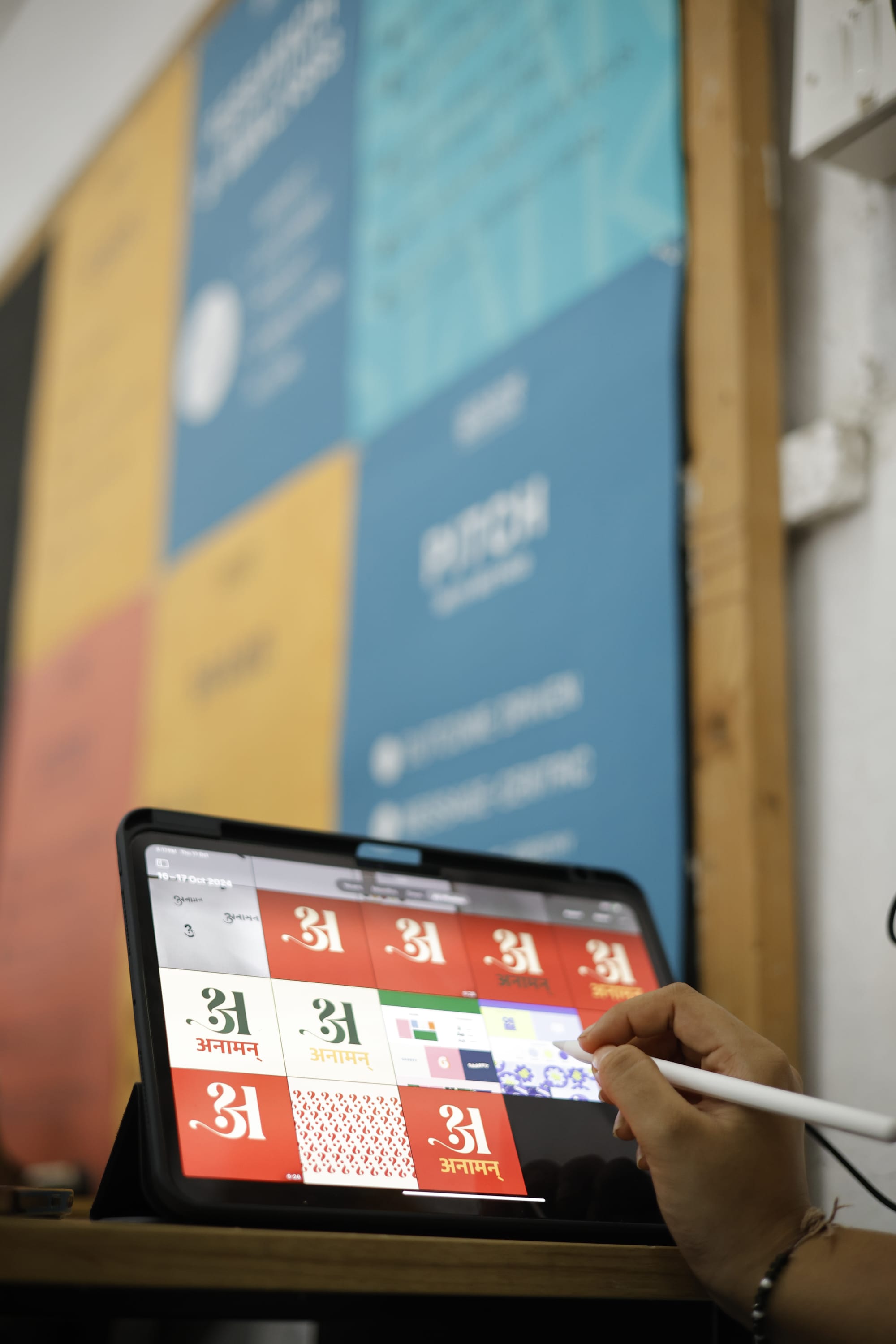
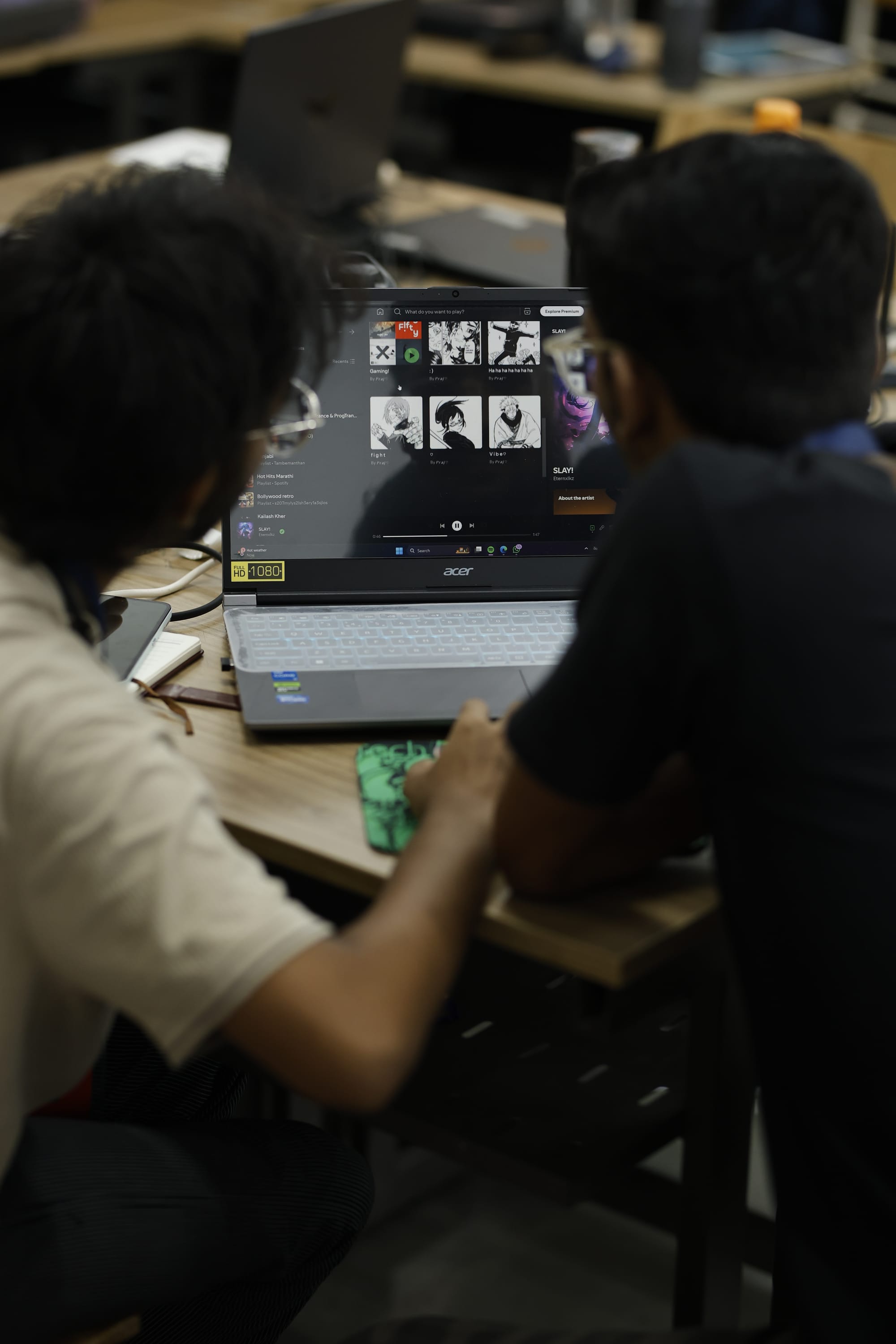
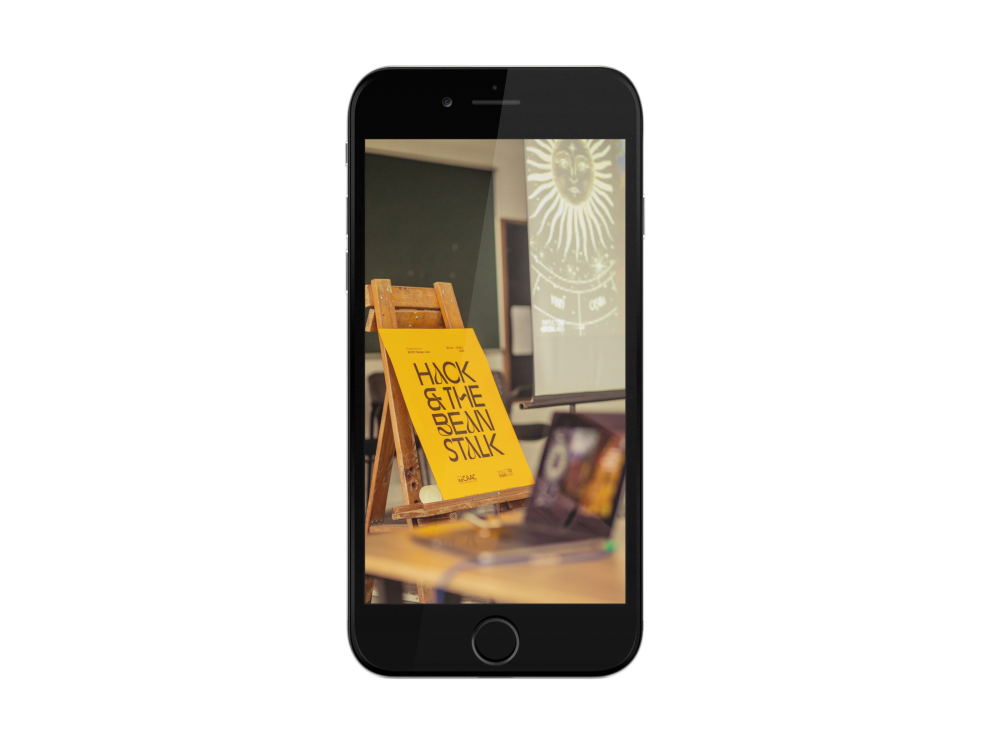
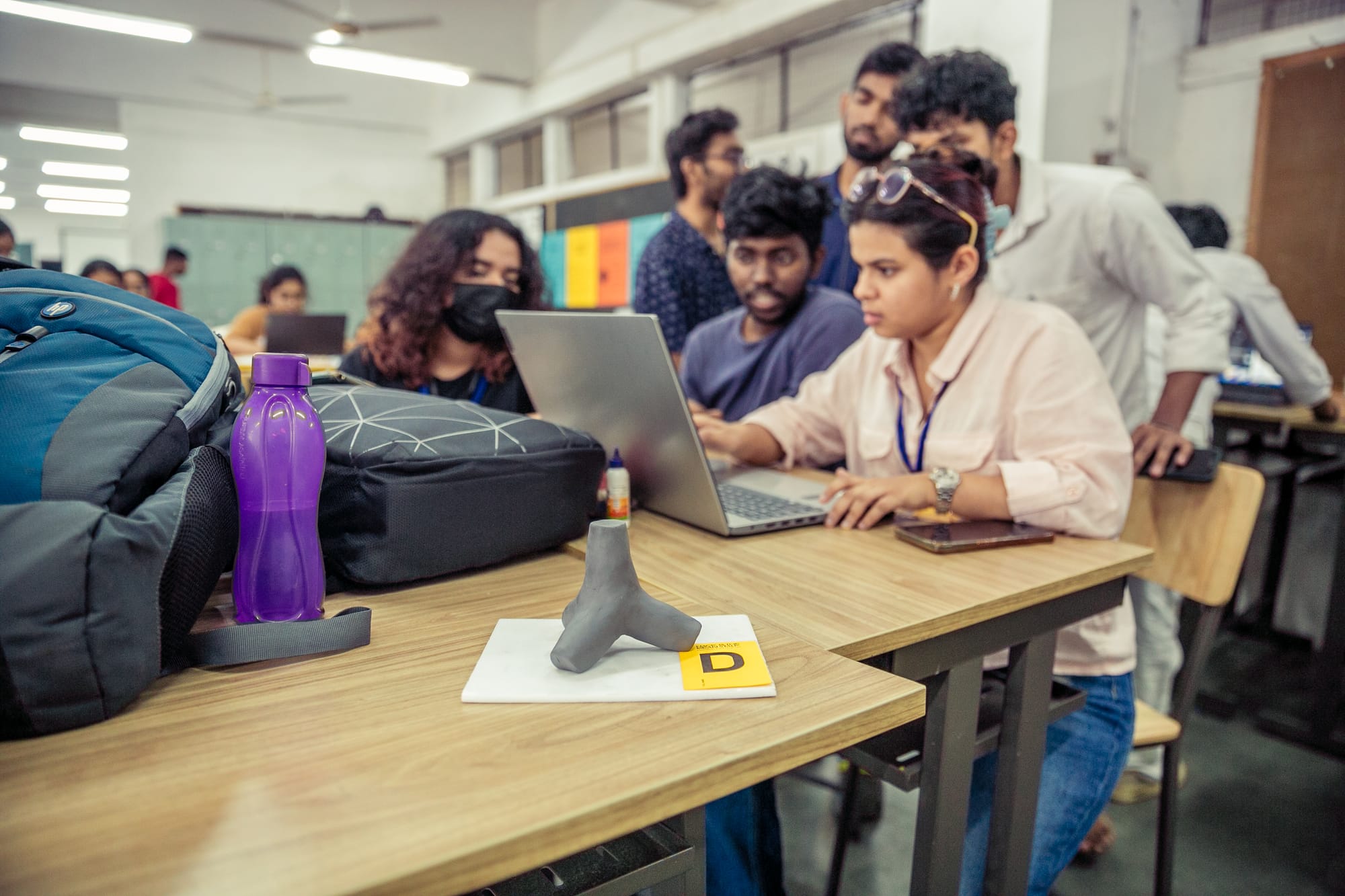
Live hackathons that are curriculum based and formatted right deliver on original ideas and innovation. Hack and the Beanstalk is tailored, managed, branded and executed for business / impact / startup clients from end to end by professional venture designers.
The next edition of the design and innovation hackathon is scheduled for October.
For more details, to partner or to participate as a sponsor with a design challenge, please write to us at wakeup@nyuct.com or DM us.
